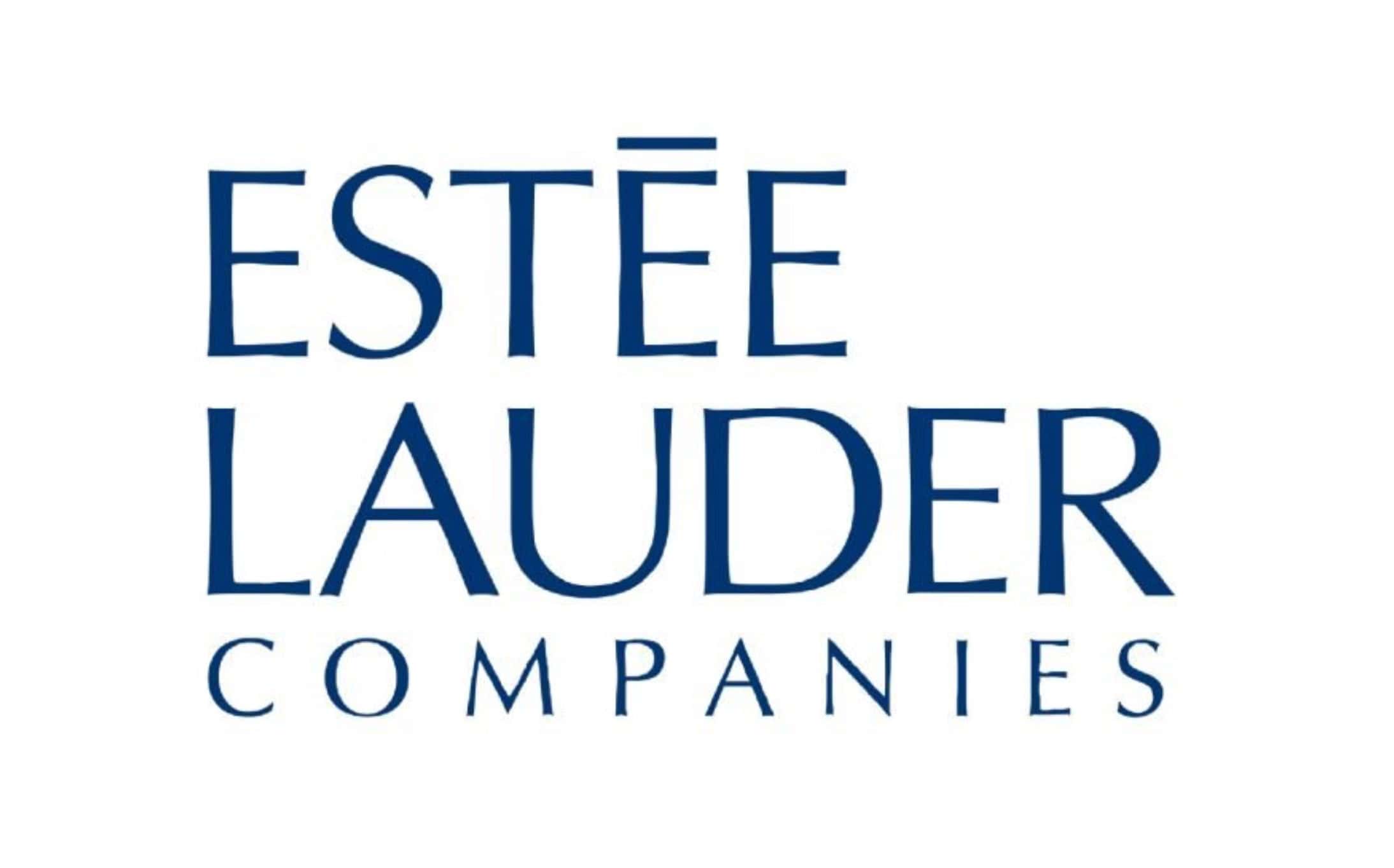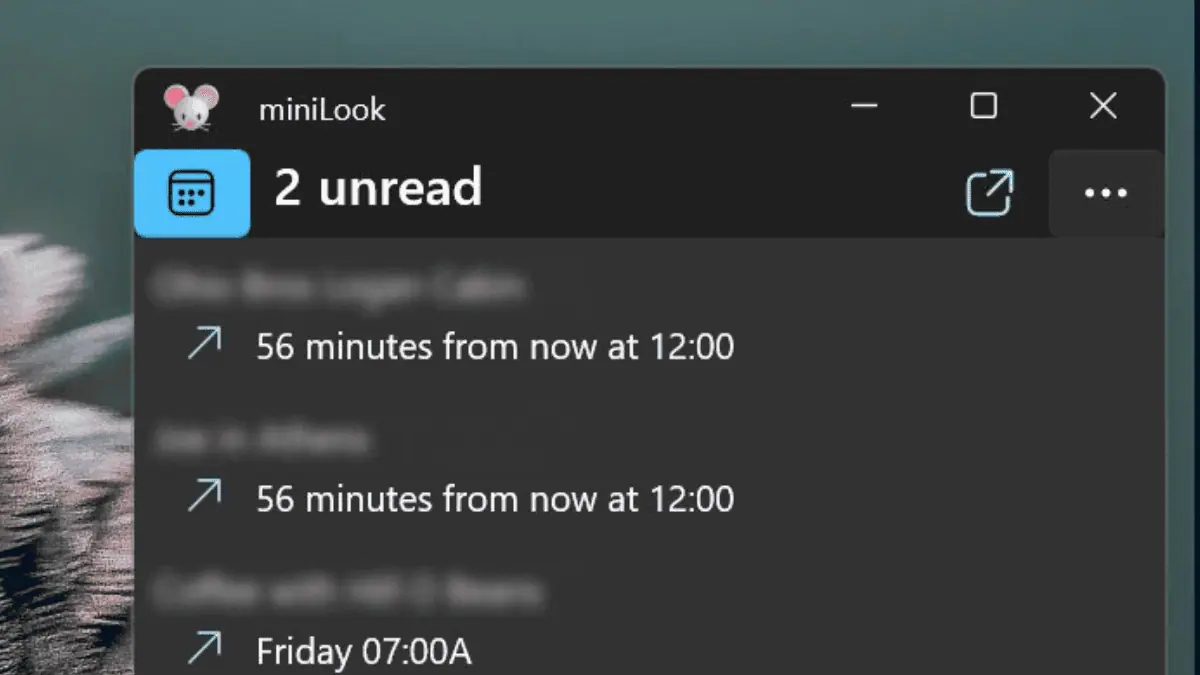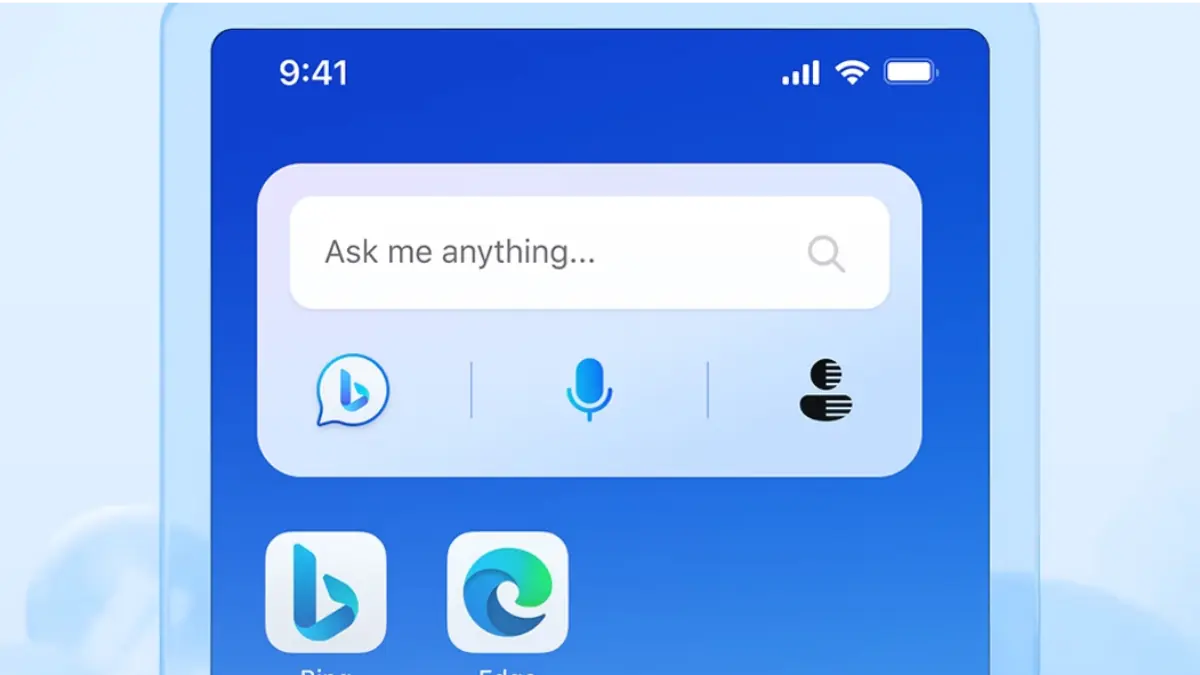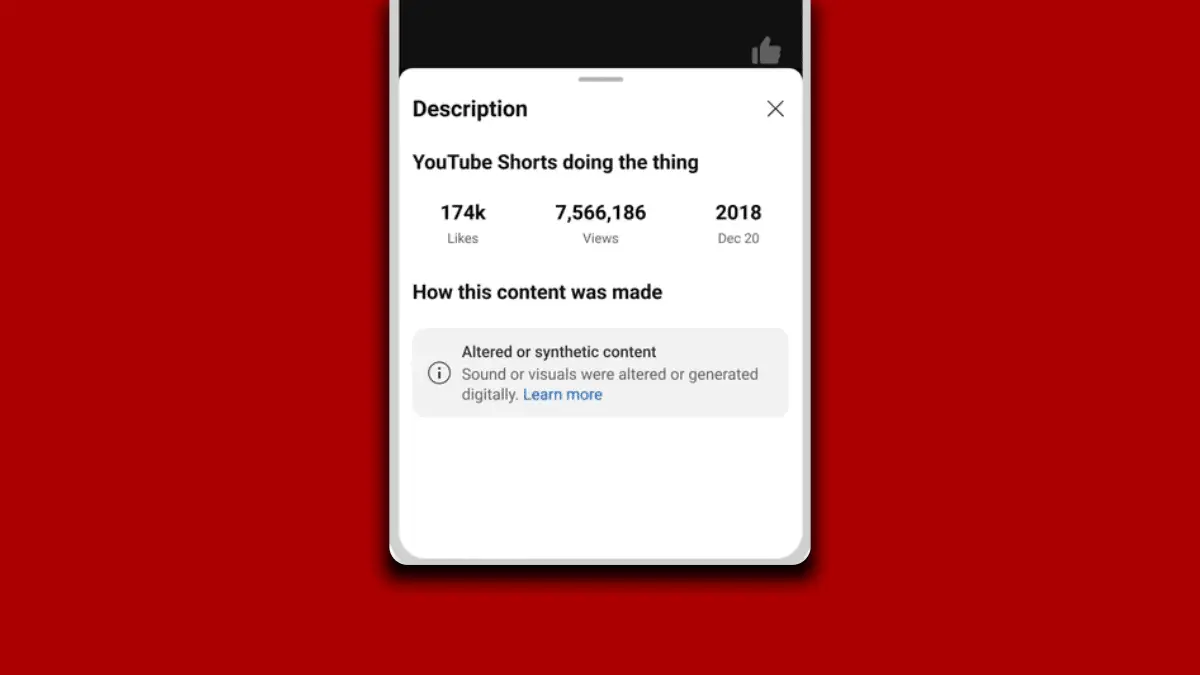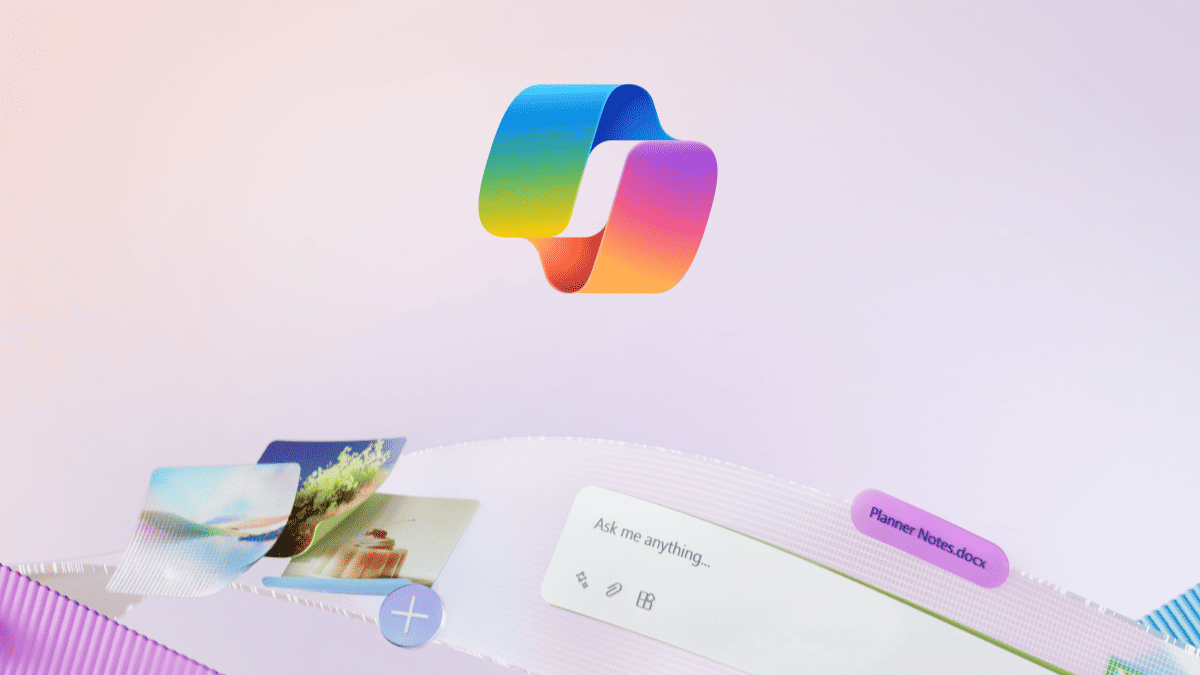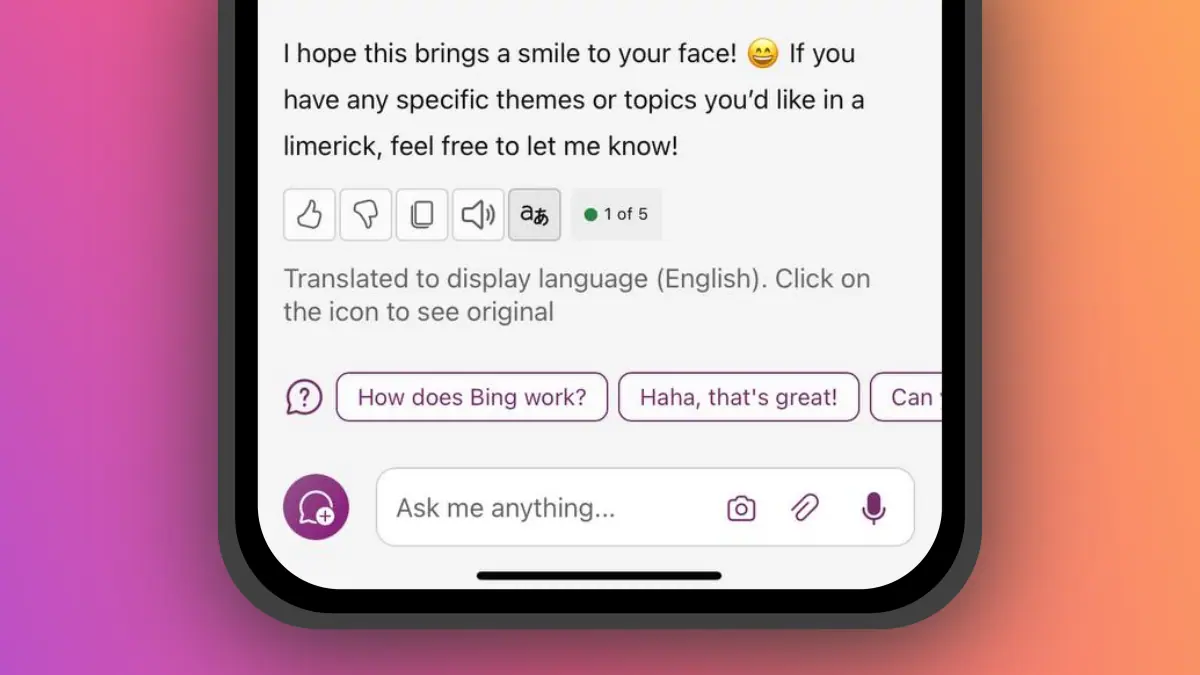Microsoft's Lumia strategy will increasingly mirror their Surface strategy
3 min. read
Updated on
Read our disclosure page to find out how can you help MSPoweruser sustain the editorial team Read more

For Microsoft 2014’s Windows Phone strategy was a big failure, with a massive focus on the low end not paying off with any significant increase in market share.
By now we all know 2015 has been very different, with Microsoft “retrenching” from the market, cancelling number of handsets and launching some very expensive flagship devices at the end of the year.
It seems, much like the Surface line, Microsoft’s current focus is on selling profitable products on the high end, rather than catering to the masses, a luxury they believe they can afford because Windows 10 Mobile is now an appendage of the large developer market for Windows 10, rather than a stand-alone ecosystem.
Microsoft’s chief evangelist Steve Guggenheimer confirmed as much, saying:
“We are sort of re-building so we will start high. New generation smartphones first and then you will see a scale overtime. I do not have a timeline for new range phones as of now. One step at a time and you can assume it to be logical for us to scale the Lumia line to other price points over time.”
Like the Surface line, Microsoft’s target is Apple’s lucrative margins and products.
“Lumia has stretched from really low end to medium to high. The truth of the matter (of introducing high-end costly phone) is that globally, the company that takes the most margin for phones is Apple. We want to put a little dent in that,” Guggenheimer said.
Panos Panay, who since October is in charge of engineering for all of Microsoft’s premium devices, reflected the same sentiment, saying in a recent interview:
“Yeah, right now, the Lumia line is exactly what it is. We have the Surface line, and we have every other device that the company makes. It really is about bringing them all together with a consistent feeling and making sure the experiences across Microsoft come to our customers.”
Guggenheimer also noted, like the Surface Pro line, a focus on productivity, noting the app gap was not that relevant if you wanted to get work done.
“If you use the phone as a business tool, the way our phones work with Microsoft Office, the way it helps users create calendar and emails and all those things seamless is awesome,” he said, noting “…the unique Continuum feature makes you use your phone as your primary device. I can attach my phone to a keyboard or a mouse or a monitor and use it like a PC. It does the same work with the same output. For a country that is mobile first, the new phone offers a unique option to act as a personal computer.”
Steve felt the app gap would close itself naturally now Windows 10 Mobile was an universal app platform.
“… due to the universal app model (that) is to give developers good reasons to build experiences from PC to TV to phone. So if we just go to a developer and ask to make an app for phone, it becomes hard sometimes, but if you say please make an app for Windows that works on phones, tablets and PCs, that’s actually an easier conversation,” he said.
There are strong rumours that Microsoft is working on the so-called Surface phone which would be the embodiment of the movement to high end productivity by Microsoft. It of course remains to be seen if their success with Surface can be replicated in the smartphone market but it is clear that the same playbook is once again in action.


